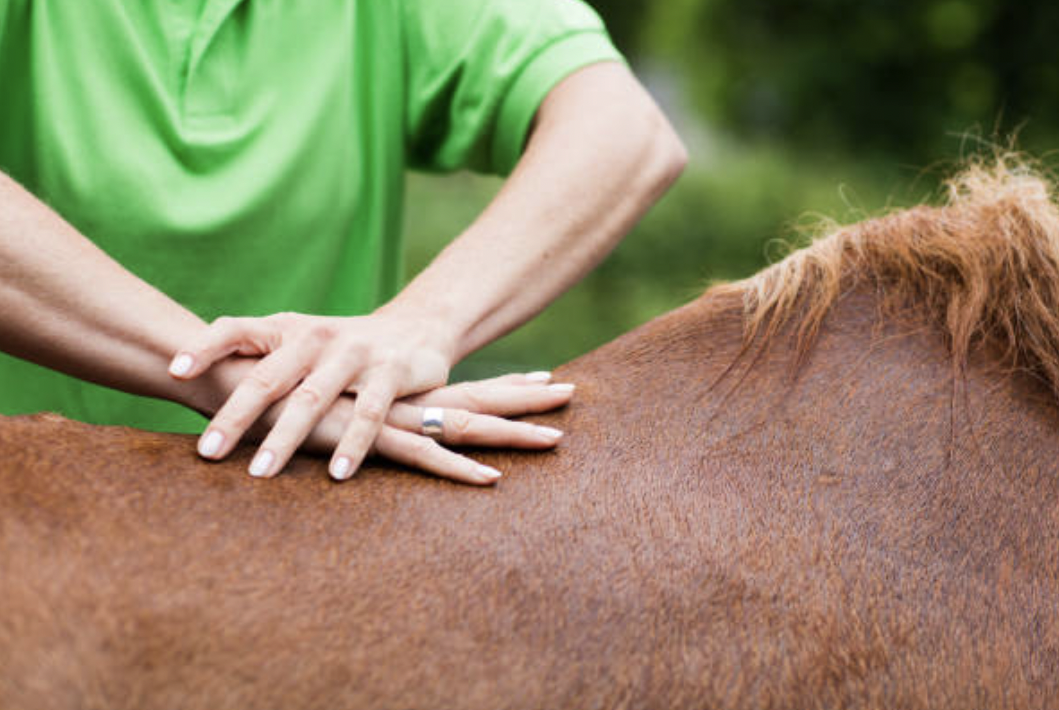In the world of veterinary care, a new and somewhat controversial player is emerging: human chiropractors. With a growing number of veterinarians facing burnout and leaving the field, there’s a noticeable gap in animal care that some chiropractors are eager to fill. They’re not just knocking on the doors of state agencies for permission; they’re also taking to the internet, showcasing their techniques on animals through various social media platforms. These videos often show intense adjustments, with animals reacting in ways that raise eyebrows and concerns.
One such chiropractor making waves is Doug Willen, who has gained a significant following with his YouTube channel “Animal Cracker.” His videos, which some find difficult to watch, have sparked a debate among even certified veterinary professionals about the appropriateness and safety of such practices.
The question of legality is also a hot topic. In New York, for example, the law is clear: chiropractic practices are strictly defined to treat human structural imbalances and subluxations. Any attempt to apply these techniques to animals is beyond the legal scope of practice for chiropractors, according to the New York State Education Department. Despite this, Willen continues to treat animals, claiming his training under veterinarians legitimizes his practice—a claim that doesn’t hold up under state law.
The American Veterinary Chiropractic Association (AVCA) offers courses and promotes standards for animal chiropractic care, but it’s important to note that they do not provide board certification in chiropractic itself. This has led to confusion and misrepresentation about what qualifications are actually necessary to safely and legally practice chiropractic care on animals.
Critics, including veterinary neurologist James Cellini, argue vehemently against the practice. They cite a lack of evidence supporting the efficacy of chiropractic treatments on animals and express concerns about potential harm, especially without a proper veterinary diagnosis. The treatments, they argue, could exacerbate existing conditions or cause new injuries.
Despite these concerns, there are lists of potential indications for animal chiropractic care, ranging from neck and back pain to more severe neurological issues. However, a systematic review of the techniques used on animals like dogs and horses has shown that while some positive effects are reported, the evidence is inconsistent and the quality of studies varies greatly.
This leaves the veterinary community and pet owners in a quandary. With chiropractors like Willen continuing to practice and promote their services for animals, and with a clear demand from pet owners looking for alternative treatments, the debate over animal chiropractic care is likely to continue. As it does, it will be crucial for regulatory bodies to clarify and enforce the laws, and for the veterinary community to educate the public about the risks and benefits of such treatments.
In the end, whether or not chiropractic care should be a go-to for pet health remains a contentious issue, one that requires careful consideration of the legal landscape, the available scientific evidence, and the welfare of the animals involved.



